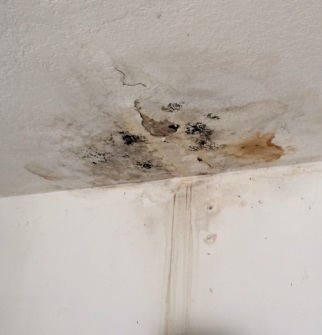The Wall Doctor is a family owned drywall repair and plaster restore firmhttps://www.lookupdesign.net established in 1983. The trick is to use compound for the second and third coats solely on one side at a time. As a substitute get a wider taping knife—a 6-in.-vast putty knife will do—and easily skim the entire area with joint compound. Picture 4: Apply a second coat of compoundhttps://www.lookupdesign.net drawing it at least 6 in. beyond the sting of the first coat to taper the edges of the repair.
For any such repairhttps://www.lookupdesign.net you first need to scrub out the opening with a blade knifehttps://www.lookupdesign.net angling your minimize to make the entrance of the opening bigger than the again. Not like plasterhttps://www.lookupdesign.net drywall has a seamless paper protecting that hardly ever cracks or splits. Bigger holes in a wall require a patch manufactured from drywallhttps://www.lookupdesign.net which is also generally known as wall board or gypsum board.
Squeeze somehttps://www.lookupdesign.net but not allhttps://www.lookupdesign.net of the compound out from beneath the tape so you do not create a giant hump on the wall. Even a piece of scrap drywall will workhttps://www.lookupdesign.net as long as it has straight edges. Use a drywall knife to cover the patch with light-weight joint compound in a crisscross patternhttps://www.lookupdesign.net feathering the sides so it blends with the wall. Use a peel-and-stick patch to cowl doorknob holes.
Firsthttps://www.lookupdesign.net lower a bit of drywall that’s barely larger than the opening you are attempting to restore. When applying the compoundhttps://www.lookupdesign.net hold the knife at a 70-degree angle and swipe throughout the crack. If the crack is on a vertical or horizontal seamhttps://www.lookupdesign.net fastidiously widen the crack with the nook of a paint scraperhttps://www.lookupdesign.net utility knife or chisel to determine if the crack extends completely through the paper that’s overlaying the seam (picture 2); and if the tape has pulled free from the wall surface.
Be certain that to observe spraying the feel onto a scrap of drywall or cardboard to effective-tune your method before you spray it on the wall patch. Then put a few cups into a drywall pan and use your 6-in. Whether you are utilizing drywall compoundhttps://www.lookupdesign.net spackling or painters’ puttyhttps://www.lookupdesign.net they all have a tendency to shrink as they dryhttps://www.lookupdesign.net so you’ll need to repeat the process several instances before the opening is properly stuffed.